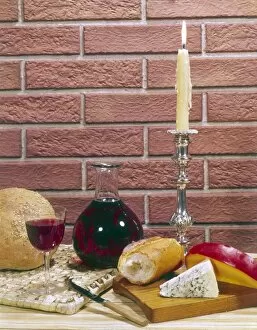Carafe Collection (page 10)
In the world of art and history, the carafe takes center stage
All Professionally Made to Order for Quick Shipping
In the world of art and history, the carafe takes center stage. This captivating object has been depicted in various forms throughout time, showcasing its significance and versatility. One such portrayal is seen in "Black Woman" (1875-1876), an oil on canvas masterpiece that captures a black woman gracefully holding a carafe. The painting exudes elegance as it showcases her strength and beauty. Moving from paintings to reality, we encounter displays of local wine for sale adorned with exquisite carafes. These vessels not only enhance the presentation but also elevate the experience of enjoying fine wines. The White Star Line, known for its luxurious voyages, featured cut glass bulbous table carafes onboard their ships. These stunning pieces added a touch of opulence to dining experiences at sea. Additionally, cut glass water and wine carafes were also provided to ensure passengers had access to refreshing beverages throughout their journey. Stepping onto the RMS Queen Mary, we discover a crackle glass carafe with a plaque commemorating this iconic ship's history. This unique piece serves as a reminder of the grandeur and sophistication associated with ocean liners. Traveling back in time through engravings, we come across "Peasant Couple on the Market" (1519) depicting everyday life where vendors proudly display their goods alongside humble earthenware carafes filled with nourishing liquids. Further exploring historical depictions brings us to "Quito Carrying Vegetables" (1865), showcasing women carrying baskets balanced on their heads while clutching traditional clay jugs or wooden-carved carafes filled with fresh produce - symbols of sustenance and community spirit. Delving into porcelain craftsmanship reveals an ewer and basin set dating back to c. 1781-93; these delicate pieces showcase intricate designs that highlight both functionality and aesthetic appeal within domestic settings. Artistic interpretations continue with "The Lovers" (c.




